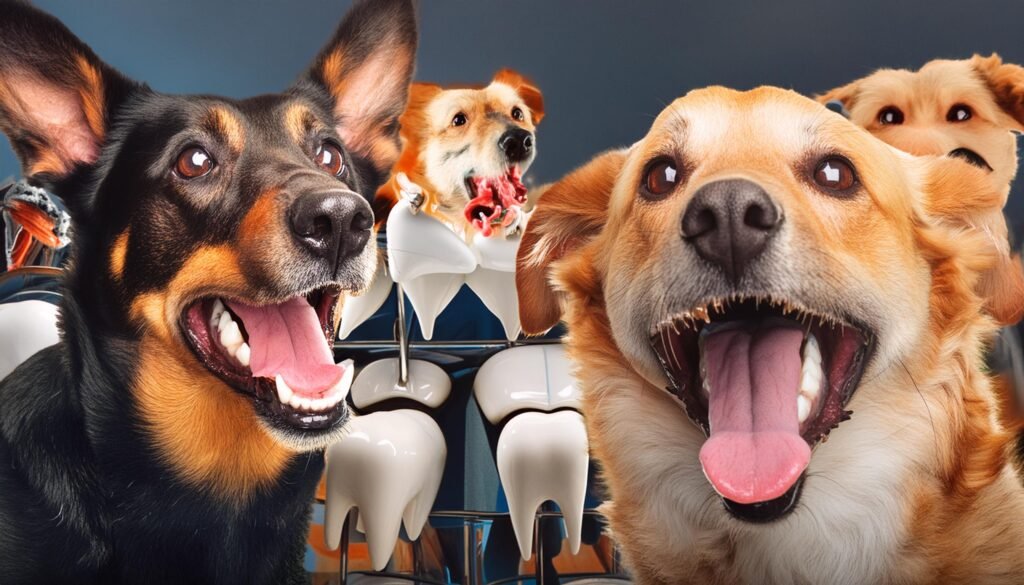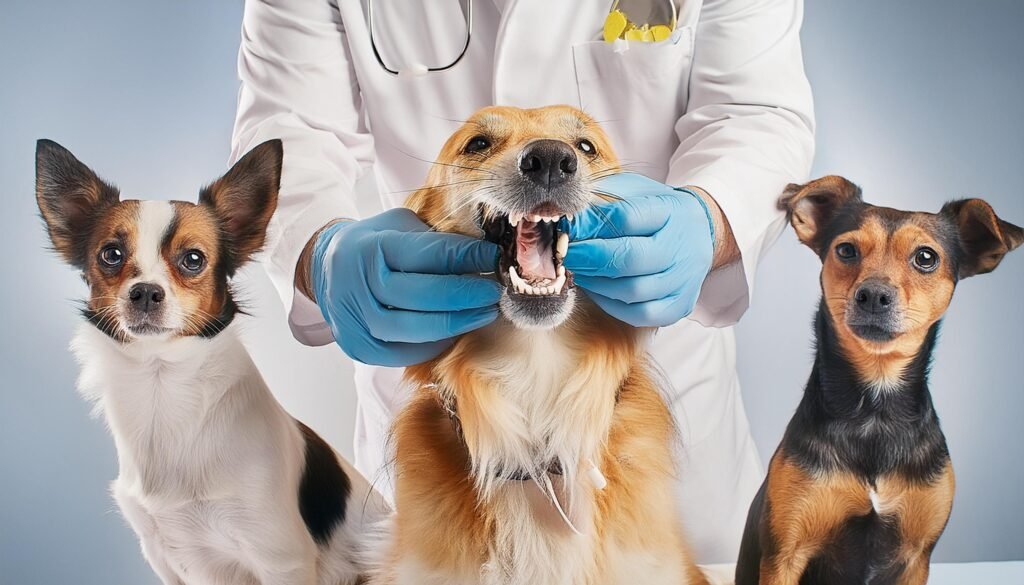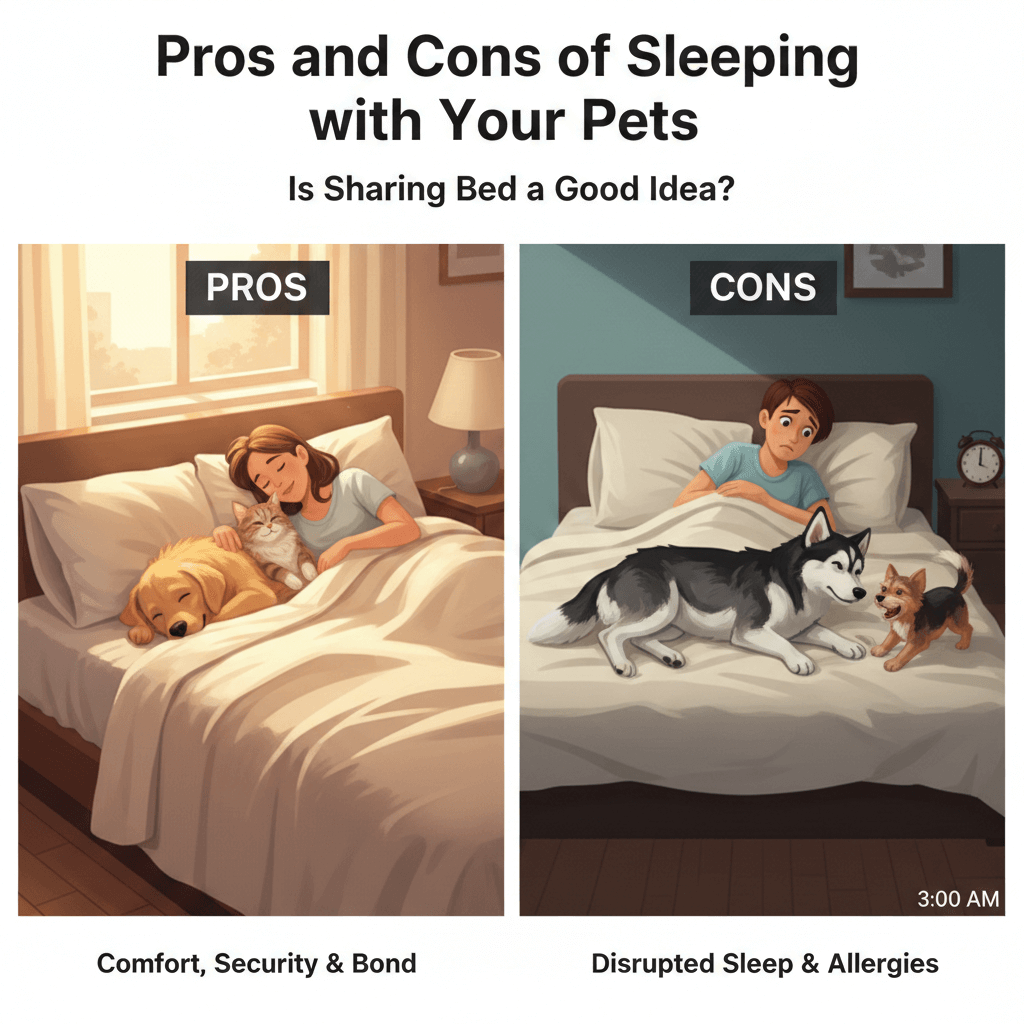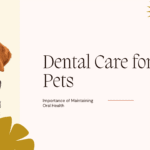Is your pug unable to eat properly and is fussy without a cause? Maybe a toothache is bothering them! Delve into the below article for complete insights on canine dental problems and signs to keep an eye on.
Lack of awareness about the oral health of your doggo and ignorance of symptoms is the primary cause of their suffering. It is essential to trace early signs and procure tips to keep their teeth healthy and clean. Apart from taking your canine friends for walks and engaging them in mentally stimulating activities, taking care of their dental health is also essential.
Read below to learn about the benefits of following a healthy dental care regime for canines and how to tackle their regular tooth concerns.
What are the Common Symptoms of Poor Oral Health in Dogs?
It can be tricky to determine if your furry friend is struggling with tooth decay or disease. Until the pain or irritation worsens, your canine friend might not show up. The evident signs of their dental discomfort can help pet owners navigate the core cause.

Pet owners need to monitor dental problems and relevant signs in canines closely!
The widely noticed symptoms includes:
– Tooth discoloration into brown/yellow
– Gums discoloration
– Bath breath
– Tartar or plaque formation below the teeth
– Unusual or excessive drooling
– Sudden change of eating habits and avoiding their favorite treats or foods.
– Abnormal oral discharge
– Bleeding from gums or swollen gums
– Severe Gum Diseases such as Gingivitis and Periodontitis
– Endodontic disease
– Developmental abnormality
– Tooth injuries
– Traumatic tooth break
– Any kind of other periodontal disease
Top 5 Dental Issues in Canines to Watch Out For!
- Plaque and Tartar
Canines of all age groups and different breeds suffer from tartar or plaque accumulation, a common dental problem. Tartar is a brownish, sticky, and soft film consisting of various food particles and bacteria. It blends with saliva and accumulates on the tooth surface. This problem can be avoided with timely teeth cleaning sessions and brushing habits.
Untreated or ignored plaque can eventually mineralize and harden to form dental calculus. This yellowish-colored, hard deposit on the teeth can be removed only with the assistance of a professional vet expert.

Bacteria accumulated with tartar or plaque can cause tooth decay and gum infections and also enter the bloodstream. In extreme cases, it might result in bacterial endocarditis in the heart or affect the respiratory system of the lungs. The infection spread might hamper the vital organs’ functioning in most people.
- Gingivitis and Periodontitis Gum Infection
Gingivitis is the first stage of gum infections in canines, showing inflamed gums due to plaque accumulation. Its common symptoms include bleeding, swelling, or redness. The advanced stage of gingivitis results in periodontitis.
Periodontitis is the later stage of gum disease in dogs. In this stage, tartar spreads beneath the gum line and spoils the gum tissue and bones, leading to aggravating pain and tooth loss.
- Tooth Fracture
Many pups or even adult dogs accidentally suffer tooth fractures as they abruptly chew different types of complex objects like toys or bones. It also happens when they accidentally hit an object or a car dash.
Prominent signs of tooth fracture in your furry friends can be chipping of enamel, root fracture or pulp exposure occurring due to crown fractures. As a result, the tooth experiences sensitivity from cold, heat, or pressure, making chewing or eating dog food or treats tricky for them.
Common signs of tooth fracture include:
– Excess drooling
– Dropping food while intake
– Facial swelling
– Pawing at the mouth
Take care of paw-some buddies while you lure them with toys and treats during gaming sessions, and keep a check on their dental injury or swelling. Planning regular vet visits followed by the right treatments is an ideal way to deal with tooth fractures.
- Decaying of Tooth
Canines suffer from tooth decay when oral bacteria start metabolizing carbohydrates and sugars from food, resulting in acid production that erodes the tooth enamel. Different types of dog treats or foods might contain carbohydrates, creating bacterial formation that causes plaque or decay.
It is advisable to include a balanced diet with restricted amounts of carbohydrates and sugars in your meals. This can prove effective in controlling tooth decay and avoiding cavities.
- Malocclusion in Canines
Malocclusion is the unusual alignment of the jaw or teeth that leads to chewing or biting difficulty and holding objects in the mouth. It occurs in various forms, such as underbite, overbite, rotated tooth, or crossbite. Several dog breeds are highly exposed to malocclusion owing to numerous genetic factors. It can also occur due to tooth overcrowding or any type of trauma.
In such cases, your pet dog might require orthodontic treatment or gear like retainers or braces to correct dental alignment and bites. Teeth extraction might also be an option in a few dogs to fix tooth alignment.
Canine Dental Care and Hygiene Tips to List Down for Pet Parents!
Here is a list of essential tips to keep in mind to ensure your pup’s overall dental health:
- Including healthy doggy treats and chews rich in calcium, which aid in tooth strengthening and removal of plaque, resulting in oral hygiene.
- Weekly tooth brushing must be a part of your furry friend’s weekly regime to minimize the risk of gum disease or tooth decay. Switch to a dog-friendly dental kit today.
- Get a few dental chew toys from the pet store to induce some dental exercises in your canine friends. Choose toys with complex textures that aim at dental cleaning and also remove the tartar buildup. This activity also integrates the production of enzymes from the dog’s saliva, which ensures teeth enamel.
- Chewing is a stimulating activity for the canines at home and it protects their teeth from unwanted dental diseases and ill effects as well.
- Provide only fresh water to hydrate and cleanse the oral system or your doggo. Regular mouth cleaning prevents plaque buildup on teeth and works as the best remedy for the dental treatment of dogs. Give them ample water breaks for dental hygiene.
- Plan regular and timely visits to the vet for dental checkups and thorough tooth cleaning to spot any issues or dental problems.
Start Today to Retain Good Dental Health of Your Dog! – Summing Up
Dental hygiene in furry companions and little pups is no different than that in humans. They also deserve a sound dental health regime to restore good gum health and strong teeth. Any kind of negligence in their routine can lead to various periodontal diseases in them. An early check and treatment can cause minimal damage to their long-term dental well-being.
An ideal way to maintain your canine’s oral health is to plan a monthly dental check. If you have any further queries or concerns about your dog’s dental health, consult a professional veterinarian for the right advice.
Stay connected with us for more informative and interesting facts and insights related to pet parenting and dog love. After all, it’s a journey where we learn and improve as good pet lovers each day!
Thanks for reading! Happy Petting, and come back soon for another informative topic on nurturing your adorable pug.








